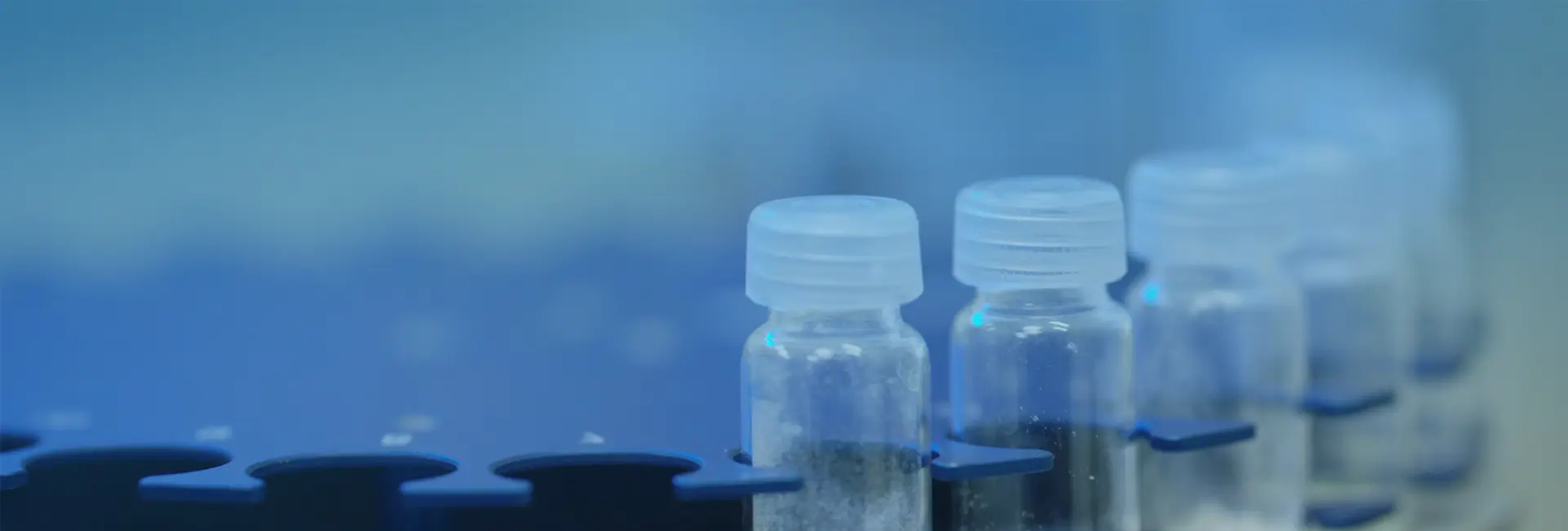



Business Inquiry
Global:
Email:marketing@medicilon.com
+1(781)535-1428(U.S.)
0044 7790 816 954 (Europe)
China:
Email: marketing@medicilon.com.cn
Tel: +86 (21) 5859-1500



 Design and synthesis process:
Design and synthesis process: Custom synthesis
Custom synthesis Applications
Applications Relevant laboratories
Relevant laboratories






 Relevant articles
Relevant articles